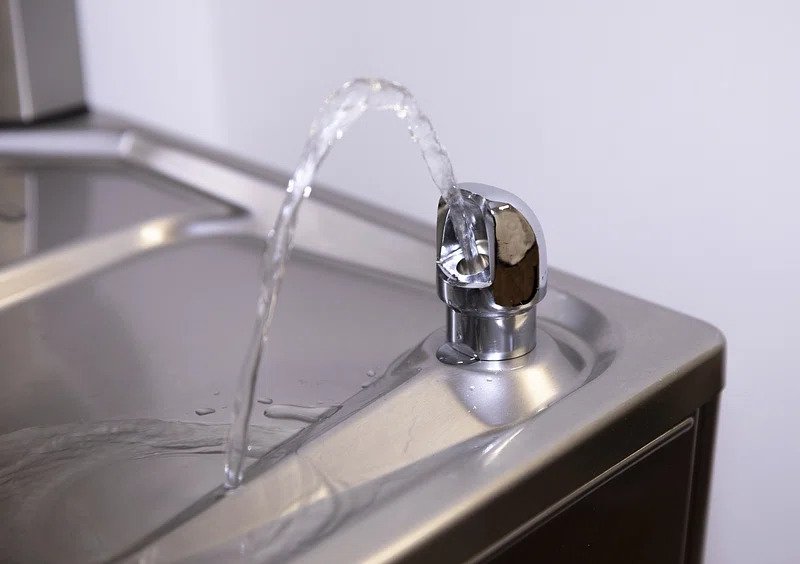In response to recent media reports and inquiries from the ASIJ community, the school has confirmed that the presence of Per- and Polyfluorinated Substances (PFAS) in its water supply is “below minimum amounts,” according to Chief Financial Officer Karen List.
PFAS are a class of toxic compounds known for their widespread use in various industrial and consumer products, including foam extinguishers used at Yokota Air Base. Due to their adverse effects on the human body, along with their resistance to oil, water, and extreme heat, the Japanese government currently prohibits the production and usage of PFOS and PFOA, the two most common PFAS.
Located in the upper basin of Tama River, Yokota Air Base is a potential origin of contamination, as suggested by Koji Harada, a professor of environmental hygienics at Kyoto University. Residents in western Tokyo have long harbored concerns about the potential release of PFAS from the base.
In early June, two types of PFAS deemed carcinogenic were identified in elevated concentrations in the blood of individuals in a survey of 650 residents in 27 municipalities in Tama. The chemicals were initially detected in groundwater, prompting heightened awareness and scrutiny from local residents and authorities, as well as members of the ASIJ community.
Reports about PFAS levels in the Tama region surfaced in early February of 2023, prompting ASIJ to initiate water testing. Due to insufficient capacity in the municipal water supply pipes, the Chofu Campus relies largely on local groundwater, making it highly susceptible to PFAS contamination.
ASIJ’s initial groundwater tests in May revealed PFOS levels at 107 nanograms per liter (ng/L) and PFOA levels at 20 ng/L, surpassing Japan’s combined PFAS target of 50 ng/L.
“ASIJ became aware of PFAS levels as a result of the media attention in February 2023, but already had water filters in all noted areas prior to this awareness,” Ms. List said.
Additional individual filters were subsequently installed at campus outlets frequently used by the community for water consumption as a “temporary measure,” according to an announcement in the Mustang Bulletin. The filtered outlets include chilled water fountains, cooking faucets in the kitchen, and the water faucet in the Health Center. “We’ve also added a filter on our sink for the water we put into the hot water pot [in the kiosk],” Aileen Kanoh, the Manager of School Services, said.
The PFAS levels of these filtered outlets are currently below the provisional target set by Japan.
“We perform random tests monthly on the filters. Each test costs ¥70,000 per sample, so not all are tested each month, but a majority are included in the sample group,” Ms. List said. Thus far, every test result has shown PFAS levels “less than 5 ng/L,” significantly below Japan’s provisional target of 50 ng/L.
Currently, the school awaits approval from the local city and public health office (Hokenjo) to install a comprehensive water filtration system. ASIJ has submitted a prototype for testing and analysis, with a response expected before the winter break.
Pending approval, ASIJ plans to order equipment for the filtration system, with production estimated at two to three months and installation approximately two weeks. The projected cost, covering equipment purchase, installation, and testing, stands at ¥20 million. According to Ms. List, the system will “provide filtered water for the entire school at all water access points.”
ASIJ is also exploring the feasibility of a dual-supply infrastructure, utilizing water sourced from both Chofu and Fuchu, as part of its campus redevelopment plan. “The city’s current water capacity is insufficient to meet the needs of the school,” Ms. List said. “A revised infrastructure…might prove adequate, but we are not sure if this is feasible.”
Students are advised to continue using filtered water fountains for drinking and refilling bottles. Updates are expected to be communicated through the Mustang Bulletin.


